National Symbols are very important for any country because they represent the identity of the country. All the countries in the world have at least one or more national symbols. These symbols could be objects, plants, animals, art forms and cultural identities. India also has several national symbols. Some of these are officially recognized while others are de facto national symbols. These symbols are intrinsic to the Indian identity and heritage.
Like every other country, India has national flag — then we have national song, national anthem, national animal, national bird… and the list goes on. Let’s have a look at these symbols in details.
Officially Recognized National Symbols of India
The following symbols have been officially recognized by the Government of India.
1. National Flag of India
India’s national flag is called tiranga (in Hindi) or tricolor (in English). The name comes from the fact that the flag has three horizontal stripes of three different colors. These equal sized strips are of the colors, from to to bottom, saffron, white and green. In the middle of the flag there is a navy blue color wheel with 24 spikes. The wheel is known as the Ashok Chakra. India’s national flag is based on the Swaraj flag designed by Pingali Venkayya. Usage of the flag is governed by the Flag Code of India.
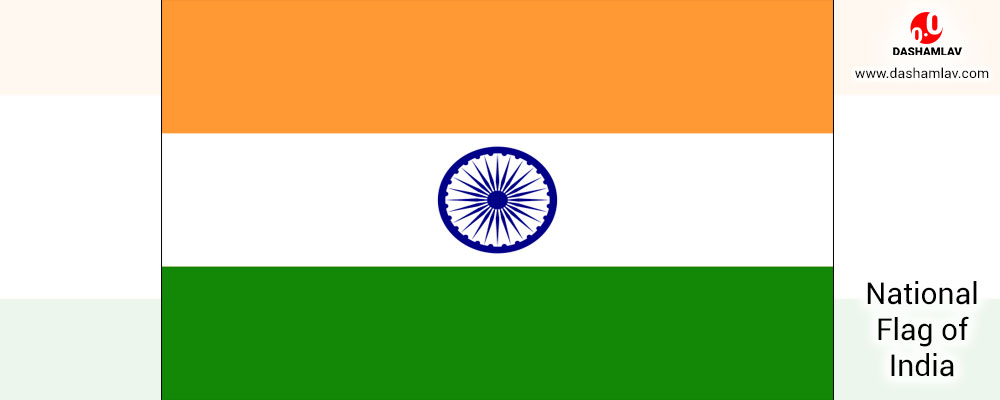
2. National Anthem of India
Penned by Rabindranath Tagore, Jana Gana Mana is the national anthem of India. It was officially adopted by the Constituent Assembly as the Indian national anthem on 24 January 1950. A formal rendition of the national anthem should be 52 seconds long. Jana Gana Man was originally composed as a five-stanza poem in Bangla. It was first publicly sung on 27 December 1911 at the Calcutta (now Kolkata) Session of the Indian National Congress. Later on the first stanza of the poem was adopted by the Constituent Assembly of India as the National Anthem on 24 January 1950.
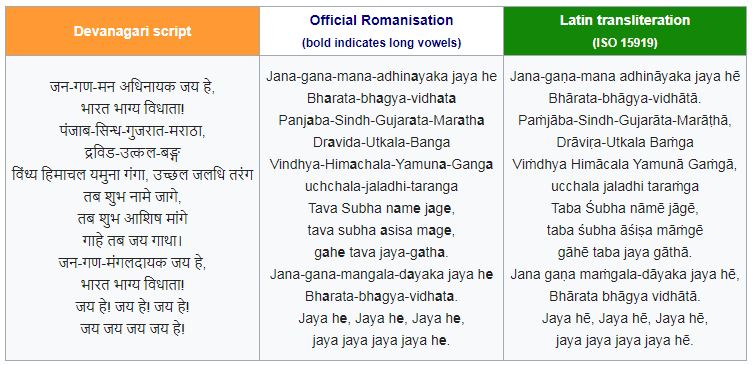
3. National Emblem of India
National emblem of India has been taken from the Lion Capital of Ashoka at Sarnath. It was officially adopted as the national emblem on 26 January 1950, the day when India became a republic. The emblem depicts four Asiatic lions standing back to back on a base. These lions symbolize power, courage, confidence, and pride. In the two-dimensional depiction, only three lions are visible.
Four other animals are carved in the base. These are Lion on the North, Horse on the West, Bull on the South and Elephant on the East side. These animals are separated by the Wheels of the Law (Dharma Chakra). In the two-dimensional official depiction only Horse and the Bull are visible.
सत्यमेव जयते (Satyameva Jayate), written in Devanagari script, underneath is the integral part of the national emblem.
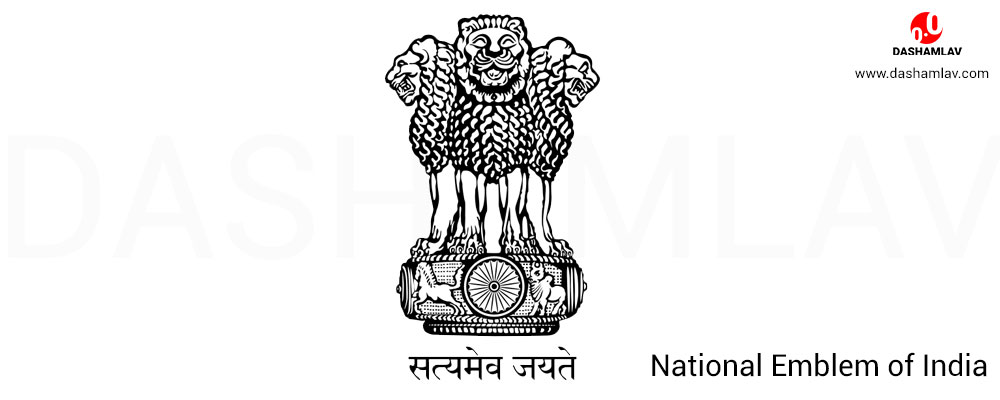
4. National Song of India
Vande Mataram is the national song of India. It was penned by Bankim Chandra Chatterjee in his novel Anandmath. The poem was first sung by Rabindranath Tagore in 1896. On 24 January, 1950, the Constituent Assembly of India adopted the first two verses of the poem as national song. However the Constitution of India does not have any mention of ‘national song’.
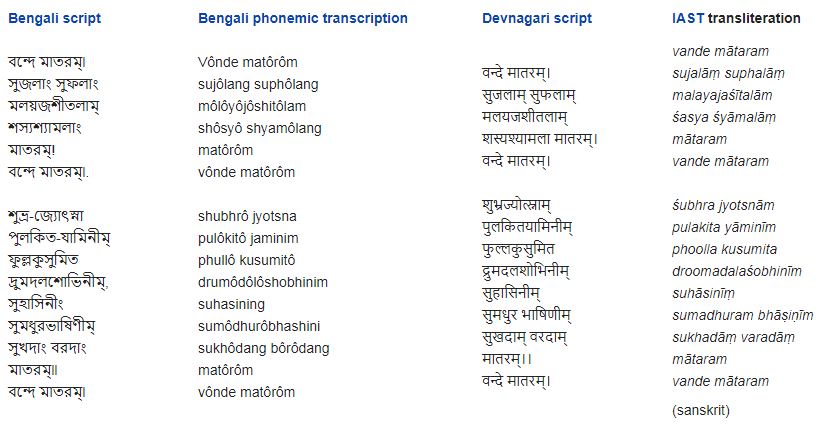
5. National Calendar of India
Shalivahana Shaka or Saka calendar is the national calendar of India. The Gregorian calendar is also used in all the government communications. Following table shows the names of months in Saka calendar, their duration and their start date in Gregorian calendar. The official use of this calander started on 1 Chaitra 1879, Saka Era, or 22 March 1957, after the recommendation by the Calendar Reform Committee, headed by Indian Astrophysicist Meghnad Saha.
| # | Month Name | Month Name (Devanagari) |
Length (Days) |
Start Date (Gregorian) |
|---|---|---|---|---|
| 1 | Chaitra | चैत्र | 30/31 | March 22/21 |
| 2 | Vaishākha | वैशाख | 31 | April 21 |
| 3 | Jyēshtha | ज्येष्ठ | 31 | May 22 |
| 4 | Āshādha | आषाढ़ | 31 | June 22 |
| 5 | Shrāvana | श्रावन | 31 | July 23 |
| 6 | Bhaadra | भाद्र | 31 | August 23 |
| 7 | Āshwin | अश्विन | 30 | September 23 |
| 8 | Kārtika | कार्तिक | 30 | October 23 |
| 9 | Mārgashīrsha | मार्गशीर्ष | 30 | November 22 |
| 10 | Pausha | पौष | 30 | December 22 |
| 11 | Māgha | माघ | 30 | January 21 |
| 12 | Phalguna | फाल्गुन | 30 | February 20 |
6. Currency Symbol of India
India’s currency, known as Indian Rupee (INR), used to be written as Rs using Latin letter. In 2010, Government of India asked Indian citizens to participate in an open competition for designing the new symbol for Indian currency. The design made by Udaya Kumar was selected as winner and his design was adopted as official sign of Indian currency by the Government of India on 15 July 2010.
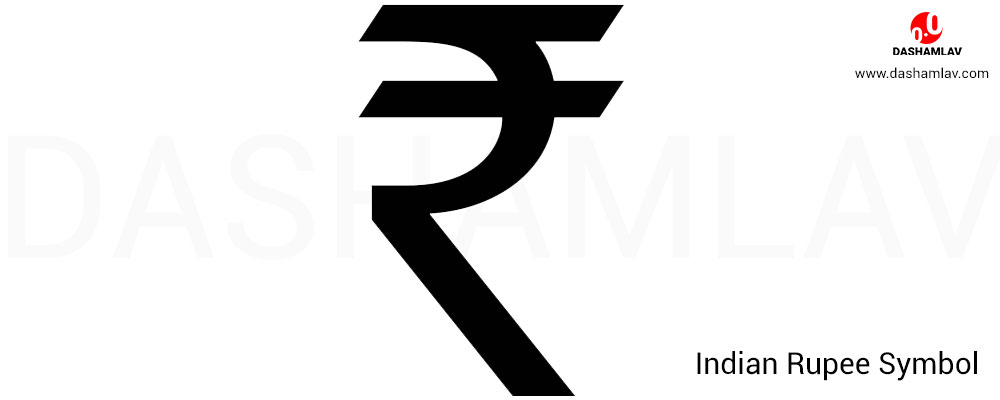
7. National Animal of India
In April 1972, Royal Bengal Tiger was declared to be the national animal of India. This was done to provide protection to this magnificent but endangered animal. In 1973, Project Tiger was initiated. Due to the efforts made under Project Tiger, the tiger population increased to 2226 as per the 2015 Tiger Census.
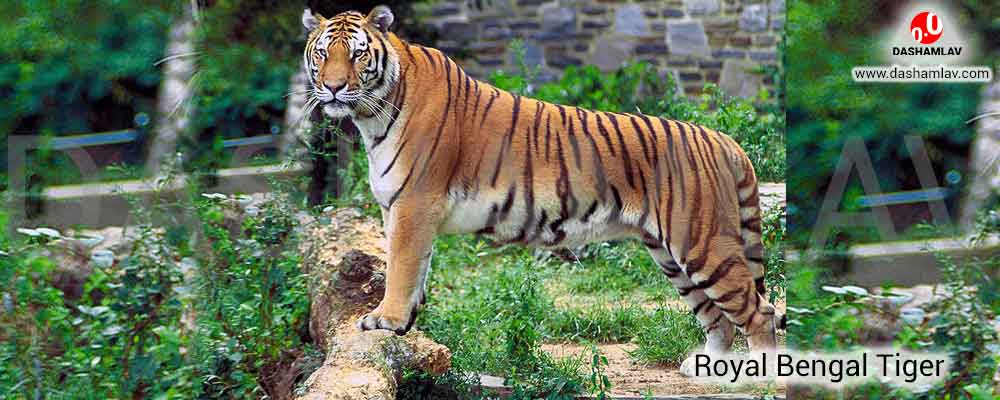
8. National Bird of India
Peacock was declared the national bird of India in 1963. According to Time of India, there were many reasons behind selecting peacock as national bird:
- Peacock is widely distributed all over India
- People easily recognize it
- Its appearance is very different from other birds and it can not be confused with national birds of other nations
- Peacock can be easily depicted in innumerable styles in printing
- It has a deep cultural and religious significance in India
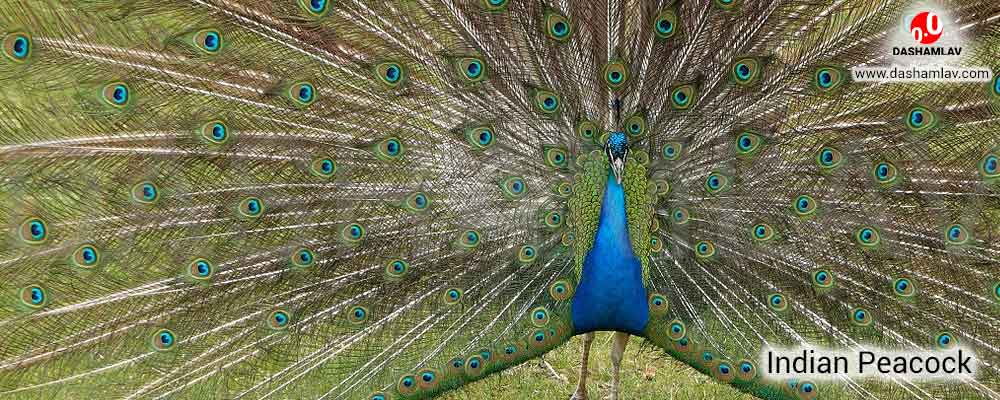
9. National Heritage Animal of India
Indian Elephant was declared as the national heritage animal of India on 22 October 2010 by the Ministry of Environment, Forest and Climate Change. The was done to increase protective measures for the country’s nearly 29,000 elephants. Project Elephant was launched in 1992 to protect the elephant population in India.
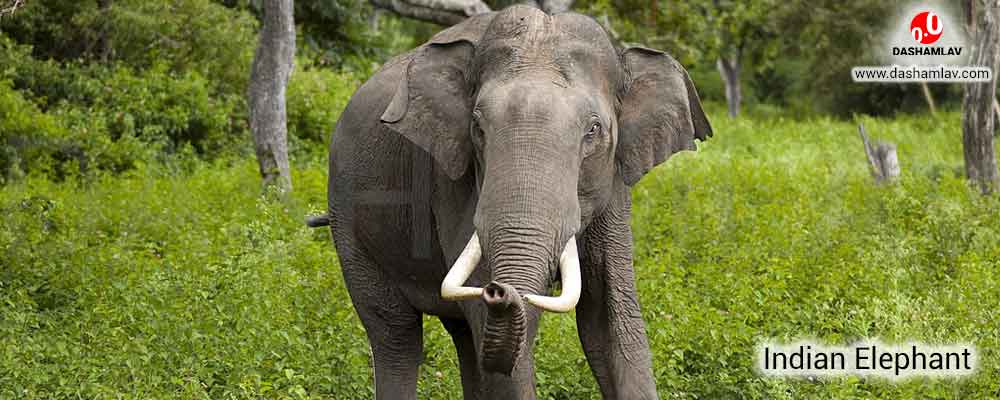
10. National Aquatic Animal of India
The Ganges river dolphin is the national aquatic animal of India. On 05 October 2009, to save the Ganges river dolphins from extinction, the Union government declared them as the national aquatic animal. The dolphins found in the Ganges are a rare species.

11. National Pledge of India
The National Pledge is an oath of allegiance to the Republic of India. The pledge was originally composed in Telugu language by writer Pydimarri Venkata Subba Rao in 1962. The English translation is as below:
India is my country and all Indians are my Brothers and Sisters.
I love my country and I am proud of its rich and varied heritage.
I shall always strive to be worthy of it.
I shall give respect my parents, teachers and all the elders, and treat everyone with courtesy.
To my country and my people, I pledge my devotion.
In their well being and prosperity alone, lies my happiness.
National Pledge of India in Hindi: भारत हमारा देश है। हम सब भारतवासी भाई-बहन हैं। हमें अपना देश प्राणों से भी प्यारा है। इसकी समृद्ध और विविध संस्कृति पर हमें गर्व है। हम इसके सुयोग्य अधिकारी बनने का प्रयत्न सदा करते रहेंगे। हम अपने माता पिता, शिक्षकों और गुरुजनों का आदर करेंगे और सबके साथ शिष्टता का व्यवहार करेंगे। हम अपने देश और देशवाशियों के प्रति वफ़ादार रहने की प्रतिज्ञा करते हैं। उनके कल्याण एवं समृद्धि में ही हमारा सुख निहित है। जय हिन्द।
Unofficial National Symbols of India
Following national identities have not been officially recognized by the Government of India. Nevertheless, these symbols are considered to be the national symbols of India in popular belief.
1. National Flower of India
Lotus flower is considered to be the national flower of India. On 10 July 2019, Nityananda Rai, the Union Minister of State for Home, clarified in Rajya Sabha that the government has not given the status of ‘national flower’ to any flower.
The lotus flower has deep roots in Indian culture. It has been widely depicted in all forms of art including painting, sculptures, murals, architecture, drawings, dance etc. Lotus also has important place in Hindu mythology.
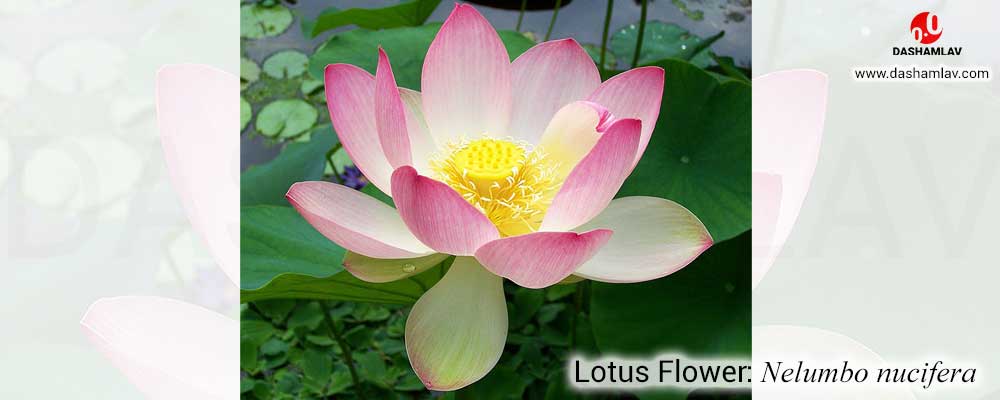
Use the citation below to add this article to your bibliography
"National Symbols of India: The Indian Identity." Dashamlav.com. Web. 14 June 2025. <https://dashamlav.com/national-symbols-of-india-the-indian-identity/>
Dashamlav.com, "National Symbols of India: The Indian Identity." Accessed 14 June 2025. https://dashamlav.com/national-symbols-of-india-the-indian-identity/
"National Symbols of India: The Indian Identity." (n.d.). Dashamlav.com. Retrieved 14 June 2025 from https://dashamlav.com/national-symbols-of-india-the-indian-identity/
